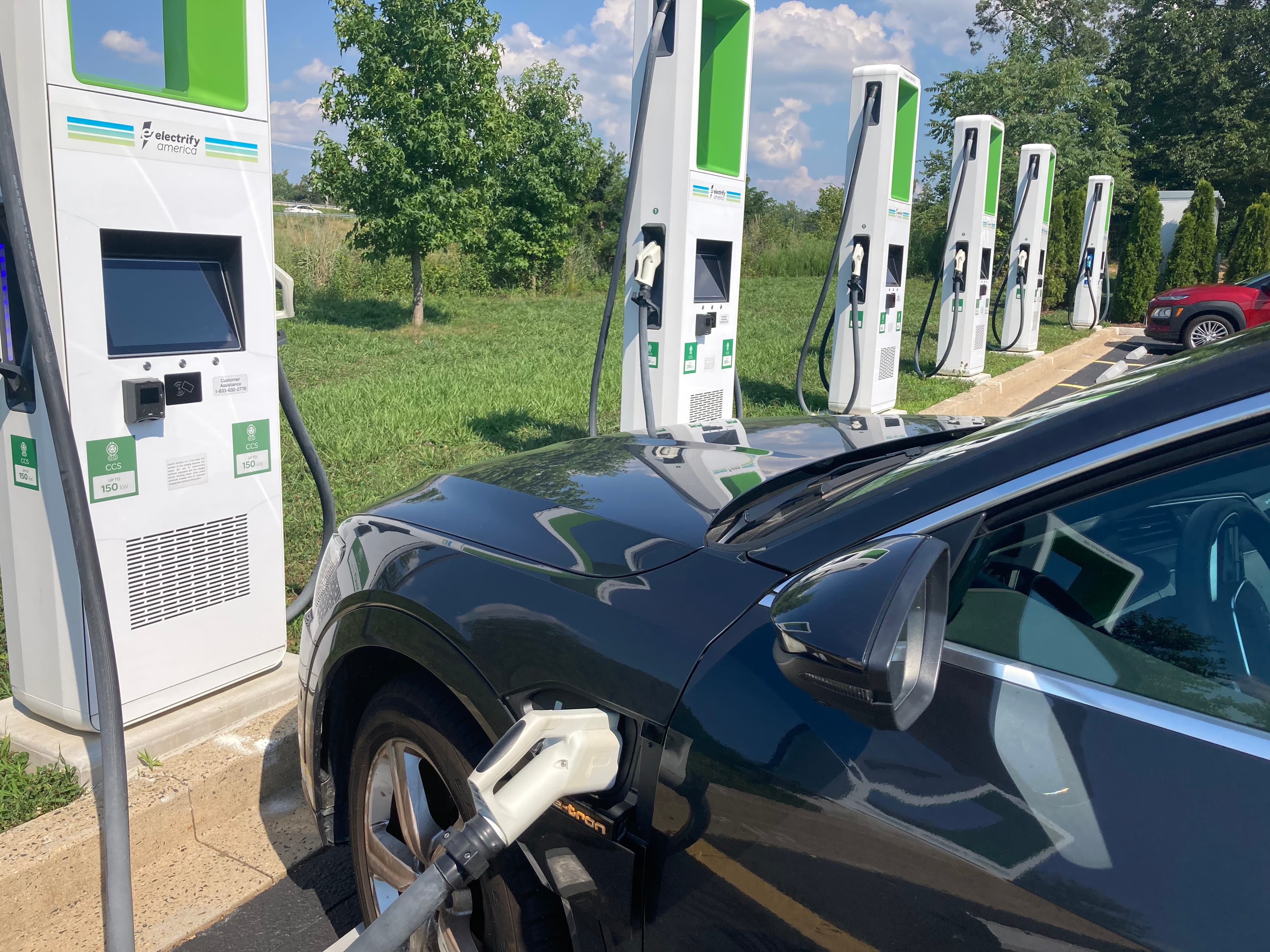PlugMapper Insights
How Demand Charges Kill DC Fast Charger Profitability — and 5 Ways to Mitigate
Demand charges often make DCFC operations uneconomic. This article breaks down the mechanics, shares case studies, and outlines strategies to reduce peak demand costs.

In many DC fast charging sites, demand charges (fees for peak power drawn) are the single biggest line item in utility bills—sometimes representing more than 50% of O&M costs. Read more
What are demand charges and why they hit DCFC so hard
Unlike energy charges (per kWh), demand charges are based on the highest kW draw over a short interval in a billing period. Because DCFC draws large power bursts, even infrequent peaks can set your charge baseline high. Read more
Impact on profitability — real data
In one analysis, demand charges made up 24–39% of total costs for a 50 kW charger, but 68–81% for 350 kW sites. Read more
5 mitigation strategies
- Battery energy storage for peak shaving (store off-peak, discharge during peaks). Read more
- Load management / smart charging (ramp down multiple ports when aggregate hits threshold)
- Time-of-use scheduling (shift charging demand to off-peak)
- Rate negotiation with your utility (custom demand buckets or demand caps)
- Oversizing infrastructure but limiting draw per port via power management
Tradeoffs & implementation notes
Battery systems add cost and round-trip losses. Smart charging may frustrate users. Negotiating utility tariffs demands leverage. The optimal approach often blends several techniques.
When mitigation doesn’t suffice
In low-utilization sites, even mitigated demand charges might still dominate. Some business models accept loss initially, banking on rising utilization over time.

